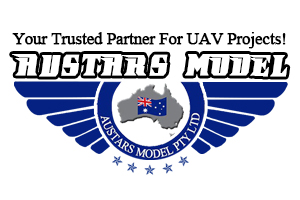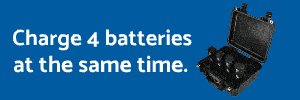Is anyone flying DJI enabling the remote identification features? If so, what do you typically enter in the "Identification" and "Flight Information " fields?
I was thinking I would use my UAS Registration # and a brief description of what I am doing. Since I am also a private pilot, I usually carry a portable Air Band radio so I can monitor any traffic around airfields and I will enter the frequency I am monitoring. I imagine this is mostly useless to any pilot in the area but perhaps this information will eventually be integrated into ADS-B broadcasts???
If you review the white papers below, it sounds like the data being broadcast can only be viewed by DJI customers who have invested in an AeroScope receiver anyway.
I was curious if anyone has more info or any direct experience with this?
Call Sign "Zzzoom"
I was thinking I would use my UAS Registration # and a brief description of what I am doing. Since I am also a private pilot, I usually carry a portable Air Band radio so I can monitor any traffic around airfields and I will enter the frequency I am monitoring. I imagine this is mostly useless to any pilot in the area but perhaps this information will eventually be integrated into ADS-B broadcasts???
If you review the white papers below, it sounds like the data being broadcast can only be viewed by DJI customers who have invested in an AeroScope receiver anyway.
I was curious if anyone has more info or any direct experience with this?
Call Sign "Zzzoom"






